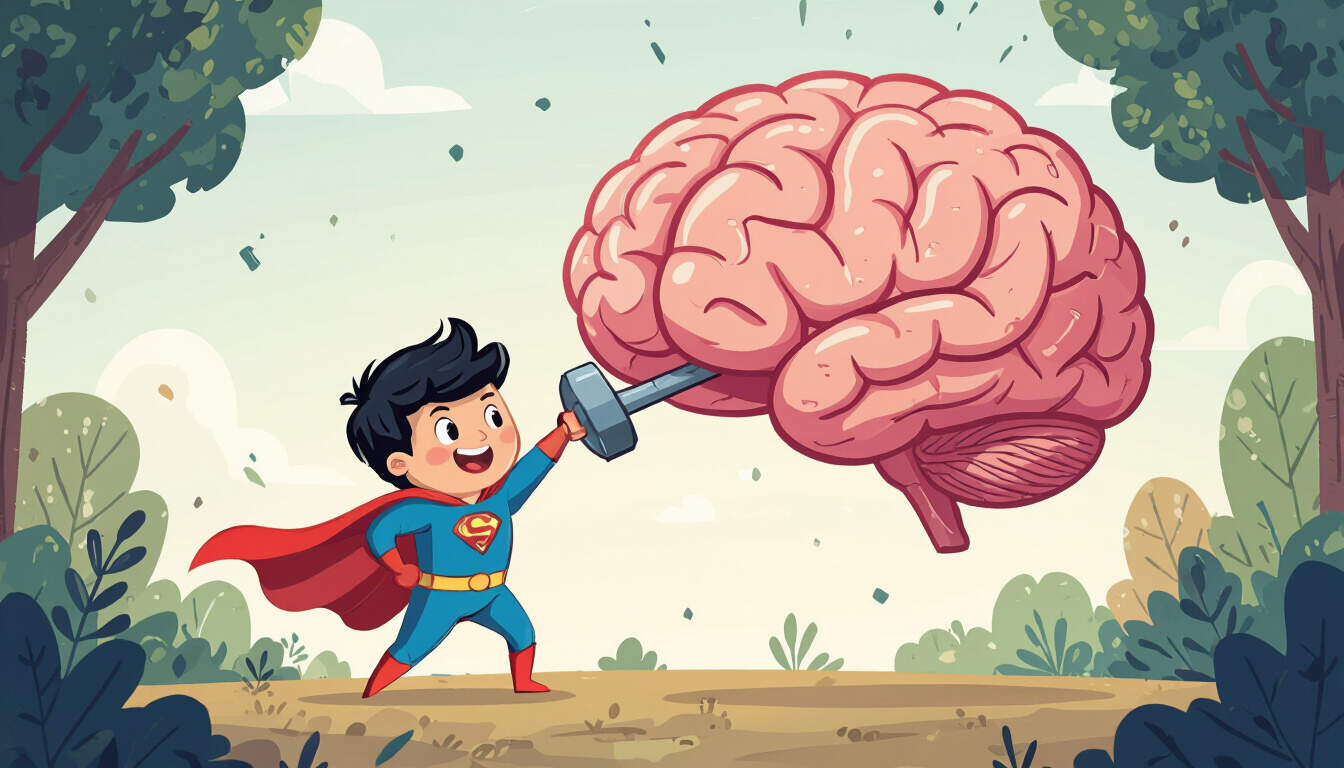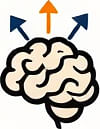Practical Tips for Transforming Your Mindset
 by Lilian Nienow
by Lilian Nienow
Discover actionable strategies to build a high-agency mindset, empowering you to take charge of your decisions and achieve personal growth. This article outlines drills and techniques for ambitious professionals seeking self-improvement, with real-world applications to drive success.

Developing a high-agency mindset means actively shaping your life through deliberate actions and choices. This approach helps individuals gain control and foster personal development. To start, consider simple daily routines that build this mindset.
One effective drill involves setting clear intentions each morning. Begin by listing three key goals for the day. This practice encourages focus and proactive behavior. For example, mindset transformation starts with small, consistent steps like this.
Next, practice reflection exercises at the end of each day. Spend ten minutes reviewing what worked and what didn't. This helps identify patterns and adjust behaviors accordingly. By doing so, you reinforce a sense of agency in your routine.
Moving to strategies, decision-making drills are essential. Try the "two-option rule," where you present yourself with two viable choices for any challenge. This method trains you to evaluate options quickly and commit to a path. Through repeated use, it strengthens your ability to act decisively.
Another strategy is role-playing scenarios. Imagine facing a tough situation at work or in personal life. Act out possible responses and outcomes. This drill builds confidence and prepares you for real events, making personal development more tangible.
In building resilience, obstacle drills play a key role. Create a list of potential setbacks and brainstorm solutions in advance. For instance, if a project fails, outline steps to recover and learn. This proactive planning turns challenges into opportunities for growth.
Accountability partners can enhance these efforts. Pair up with a colleague or friend who shares similar goals. Share progress regularly and offer feedback. This external support keeps you motivated and aligned with your objectives.
For long-term strategies, incorporate journaling into your routine. Write about your progress and insights weekly. This habit tracks personal development over time and highlights areas for improvement.
Physical activity ties into mindset work as well. Engage in regular exercise, like a brisk walk or workout session. This not only boosts energy but also clears the mind, aiding in clearer decision-making.
Visualization techniques are another tool. Picture yourself succeeding in your goals. Spend a few minutes daily imagining the details. This mental exercise reinforces positive behaviors and drives action.
To overcome hesitation, use timed challenges. Set a timer for five minutes and commit to starting a task immediately. This drill breaks the cycle of delay and builds momentum for larger projects.
Group settings can amplify results. Join workshops or online communities focused on growth. Discuss experiences and strategies with others. This exchange of ideas sparks new approaches and keeps you engaged.
Tracking metrics adds a layer of strategy. Monitor habits like goal completion rates or decision speed. Use a simple notebook or app to record data. Reviewing this information provides evidence of progress and motivates continued effort.
Incorporate affirmations into your daily life. Repeat positive statements about your capabilities. For example, say "I control my responses" during routines. This reinforces an internal locus of control.
Balancing work and rest is crucial. Schedule downtime to recharge. A well-rested mind performs better and sustains high-agency behaviors over time.
Finally, celebrate small wins. Acknowledge achievements, no matter the size. This practice builds positive reinforcement and encourages ongoing self-improvement.
By integrating these drills and strategies, you create a foundation for lasting change. Remember, the key lies in consistent application and adaptation to your unique circumstances.
